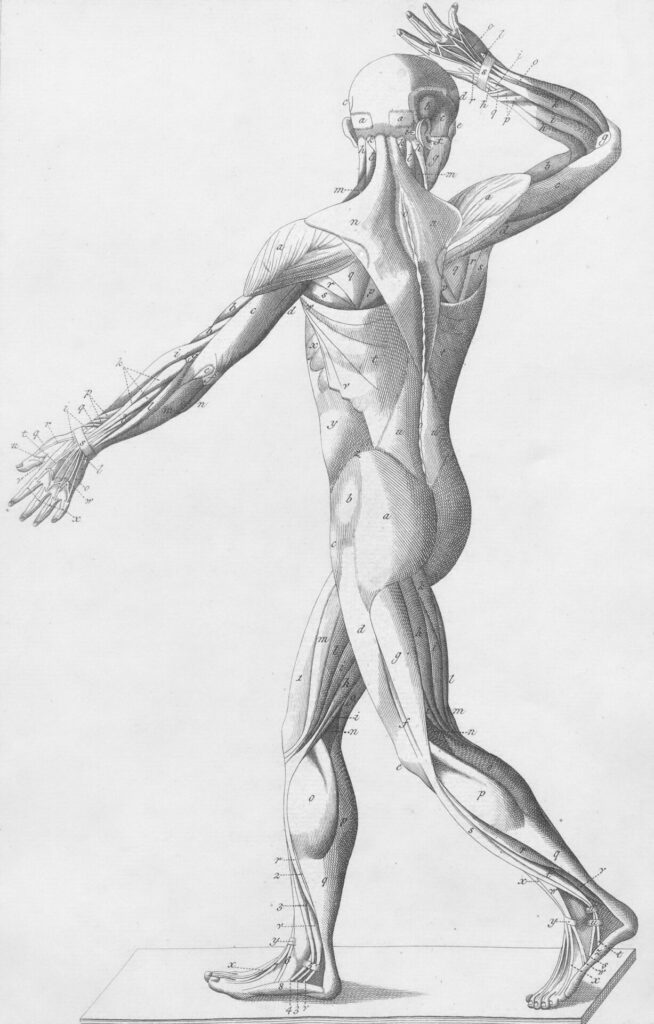A Practical Art

In the portion of reading in The Tree of Yoga this past week, BKS Iyengar speaks a lot to teachers. And, we have to remember that we all have our own internal teacher of yoga. It is our path as students to study our own Self, take in the immense information left to us by BKS Iyengar, Geeta Iyengar, Prashant Iyengar, and all the CIYTs we study with, and apply this science and art of yoga for our own benefit. The beauty of Iyengar Yoga is that in this method, we have a practical approach towards the larger goal of unity with our own Divine Self.
The pains which are yet to come can be and are to be avoided by the practice of yoga.
Yoga Sutra II.16
I think of the above sutra a lot when dealing with students and the myriad of reasons they come to yoga. As stated in the past reading, most students come for the byproducts of good health and wellness, not for the sight of their own soul. Considering this, we do encounter students in pain wanting to get out of pain, or as practitioners we might have encountered pain ourselves. So how do we deal with it?
BKS Iyengar makes it clear that we have to realign the balance of body and mind. The first realignment is realizing that our whole body IS our mind. Consciousness is not just in the head. “The yogi knows that he has a brain from the bottom of his foot to the top of his head”. When our mind is dispersed throughout the body evenly, our body can respond more readily toward physical alignment. From the realignment of the body/mind connection, our consciousness sits evenly and balanced within our movement and we experience peace. This is truly the magic and art of yoga in a practical package. Unlike other activities we may do by rote or by using only one aspect of our embodiment, yoga utilizes it all. So, to heal any one singular pain, we look to the whole for support. Moving focus away from the one pain very typically opens us up to healing overall.
In this effort to treat pain or to look at yoga for physical health alone, we must be prudent. As we learned about Ayurveda in the last reading, there are many aspects to yoga that may not be known, or if known, improperly applied. Quick fixes are the expectation for most of modern society. A pill or a practice that promises immediate relief is what we prefer. This is not yoga. It takes keen awareness in our personal practice of yoga to know what invigorates us and what does not – how we feel in certain circumstances as opposed to others. The writings and teachings of the Iyengars give us hints and prompts of all the “effects” and “contraindicators” of poses, but our personal approach matters. Prashant’s Saturday talk this week was perfectly timed for this blog. He described the complexity of our embodiment which is made up of all the elements and energies of Nature. Given all the possible scenarios and combinations for any individual, the experience of any one asana or sequence for any one person at any point in time will never be the same. The way BKS Iyengar might have approached a certain issue with a certain student may not be the same for the next person or the next time – and may be different from how another teacher should approach it. But it is by practice and study that we can understand our own inner workings and become our own teachers. Our prescriptions must ultimately become Self prescribed.
“Be a guinea pig on your own self before you play with others…You can only give what you yourself have experienced.”
As Certified Iyengar Yoga Teachers, we are taught to teach from our own practice. This is the beauty of having multiple teachers in one space or studio. I am a stiff bodied person who has struggled with knee issues, so I will have different practice knowledge and experience than a teacher who is flexible and has a back issue. BKS Iyengar speaks to how useless he was in the beginning of his practice as a teacher, and you can very clearly see the evolution of his method and practice as he practiced more, aged, and saw more bodies and more students coming to him from all walks of life and culture. Geeta Iyengar used to tell us to practice any new learnings for 2 years before bringing it to a class to teach. The knowledge of props and their uses, poses and their effects, can be useful only as we observe ourselves and our own experience (or students and their experiences) over time.
A yoga class is a place for acquiring knowledge for any student, but that knowledge is most beneficial when students take it home and practice for themselves. What your teacher chooses to teach on any given day for class may or may not be what you need at that moment, but you can always learn something that you might incorporate later in your own practice. “So learn, do, re-learn, experience, and you will be able to teach with confidence, courage, and clarity” – whether you are teaching yourself or becoming a teacher of others.
SAVE THE DATE for our SUMMER BOOK DISCUSSION – SAT, AUG 23rd at 9:00am